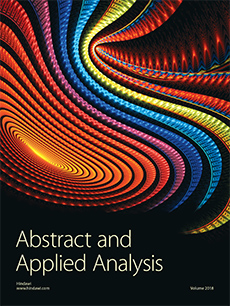Abstract
This work presents an analysis methodology based on the use of the Finite Element Method (FEM) nowadays considered one of the main numerical tools for solving Boundary Value Problems (BVPs). The proposed methodology, so-called cg-FEM (Cartesian grid FEM), has been implemented for fast and accurate numerical analysis of 2D linear elasticity problems. The traditional FEM uses geometry-conforming meshes; however, in cg-FEM the analysis mesh is not conformal to the geometry. This allows for defining very efficient mesh generation techniques and using a robust integration procedure, to accurately integrate the domain’s geometry. The hierarchical data structure used in cg-FEM together with the Cartesian meshes allow for trivial data sharing between similar entities. The cg-FEM methodology uses advanced recovery techniques to obtain an improved solution of the displacement and stress fields (for which a discretization error estimator in energy norm is available) that will be the output of the analysis. All this results in a substantial increase in accuracy and computational efficiency with respect to the standard FEM. cg-FEM has been applied in structural shape optimization showing robustness and computational efficiency in comparison with FEM solutions obtained with a commercial code, despite the fact that cg-FEM has been fully implemented in MATLAB.
Citation
E. Nadal. J. J. Ródenas. J. Albelda. M. Tur. J. E. Tarancón. F. J. Fuenmayor. "Efficient Finite Element Methodology Based on Cartesian Grids: Application to Structural Shape Optimization." Abstr. Appl. Anal. 2013 (SI51) 1 - 19, 2013. https://doi.org/10.1155/2013/953786
Information





